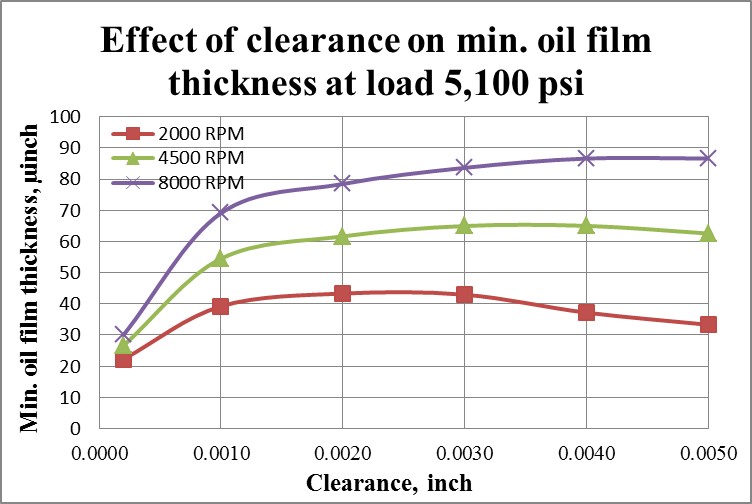Journal Bearing Design Software

Typical Plain Bearing Plain bearings are usually manufactured from materials that will wear before the shaft for reasons of cost; i.e. A worn bearing is usually cheaper to replace than a worn shaft. Whilst these bearings may be manufactured from any material, low friction materials such as copper alloys (see CalQlata's database and material ) are usually considered most suitable due to the inevitable fact that some metallic contact will occur during their design life. Bearings are frequently used as the material is porous; i.e. They can hold oil and/or graphite nodules both of which are excellent lubricants. Plain bearings are used where the available thickness precludes the use of such as roller and ball type or where low temperatures must be maintained, very high loads are possible or for reasons of cost. Prehistoric Tribes Pc Games.
Low-Friction Bearings vs Plain Bearings Both bearing types have their place in the world. The benefits and issues with each are outlined below. Low-Friction Bearings (roller or ball type) offer minimal power loss and excellent response. They work better with grease lubrication than with oil and are usually sealed, i.e. There is no lubricant flow. The reason for sealing low-friction bearings is that their open structure would otherwise admit loose particles thereby accelerating wear and ultimate failure.
Comments are closed.